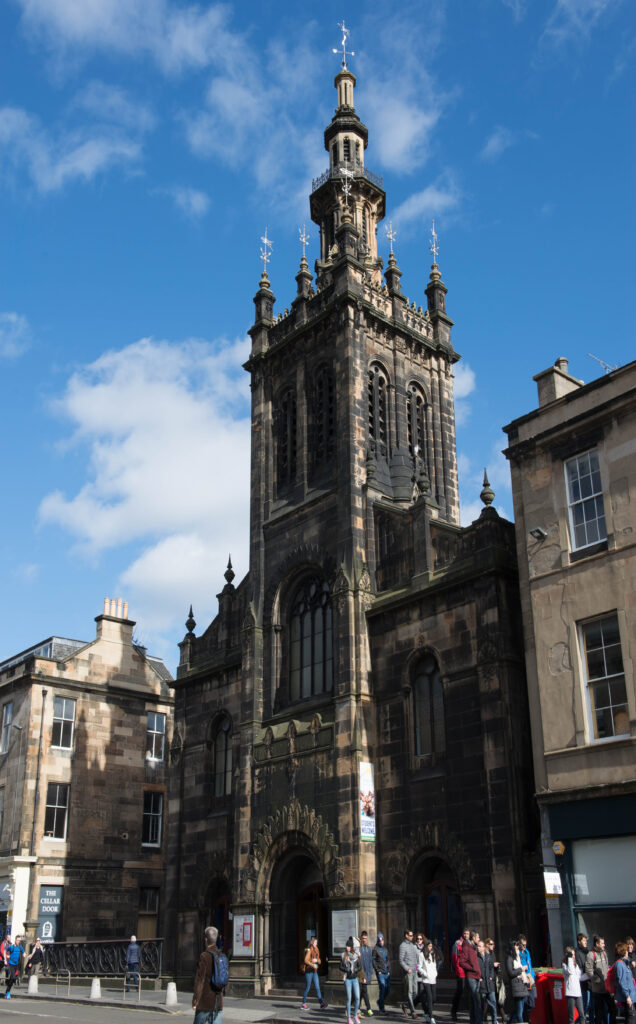
Stop 1 – Augustine United Church
Why a herstory pilgrimage?
Augustine United Church (AUC) has a motto: “Growing seeds of justice and joy”. It mirrors our dandelion logo. Every day we strive to develop in line with our radical and independent roots; an every-changing community growing in depth and numbers. From its inception in 1802, successive generations of AUC members have endeavoured to engage meaningfully with the communities around them.
Especially in this century, our story has been one of upholding and furthering equality and diversity, both within our church community and in wider society. This doesn’t mean we’ve always got it right. In fact, when it comes to promoting the role of women in leadership, we – like most Christian communities – have lagged behind other parts of society.
Our church contains within its heritage the first two denominations in the UK to ordain women as ministers: the Congregational Union of England and Wales (that was Constance Coltman in 1917); and the Congregational Union of Scotland (“the CUS”). In April 1929, the CUS permitted the designation ‘minister’ to apply equally to women as well as men. However, it took Augustine almost a hundred years before it got round to appointing a female minister!
It wasn’t plain sailing in 1929 either. Vera Findlay became Scotland’s first woman minister, ordained at Partick Congregational Church in Glasgow, which she’d begun serving the year before. But after she married Colin Kenmure four years later and then had a baby, she resigned from Partick because of opposition to the idea of having a married mother as a minister. Vera declared: “A married woman makes an ideal minister. If she is a mother, so much the better, because her gift of understanding is increased” [1].
Augustine’s own first female minister, the Revd Fiona Bennett, was inducted here in 2009. But we need to recognise that our values have evolved over many years, often in response to life “beyond” the church. It is the place of some women in that “life beyond” that this pilgrimage will help us explore. We will discover their influence in the fields of education, medicine, politics, ministry, and in the cause of Equality and Diversity.
Click here for further information.
[1]
With supporters, Vera moved on to found Hillhead Congregational Church in 1936. She served at Pollockshields 1954 – 68 and became a spokeswoman and figurehead in Glasgow for woman’s equality – regarding her ministry as encompassing wider civic responsibilities. She helped to pioneer marriage counselling.


